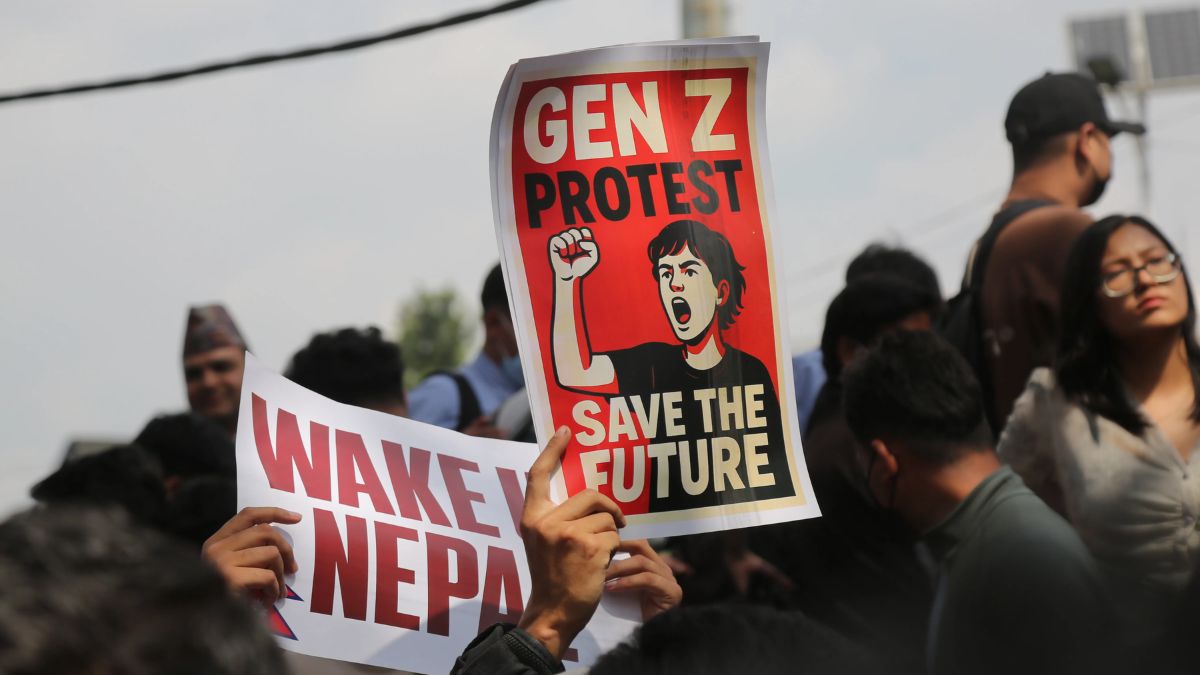Necessary Always Active
Necessary cookies are required to enable the basic features of this site, such as providing secure log-in or adjusting your consent preferences. These cookies do not store any personally identifiable data.
|
||||||
|
||||||
|
||||||
|

A sweeping regulatory move in Nepal led to nationwide unrest, culminating in deadly clashes between protesters and security forces. According to TechCrunch, the government’s decision to enforce a social media registration law escalated tensions, ultimately forcing the reversal of the controversial policy.
On August 25, 2025, Nepal’s government required foreign social media platforms to register locally within seven days. Platforms including Facebook, Instagram, YouTube, and X failed to comply, triggering a ban on 26 major social platforms across the country. Although the government framed the ban as a compliance measure, critics widely viewed it as an effort to suppress dissent and limit public discourse. The ban predominantly affected Nepal’s urban youth, who heavily rely on social channels for communication and activism.
The measure ignited a gen Z revolt against social media ban, with demonstrations rapidly spreading across Kathmandu and other regions. Protesters demanded an end to censorship and called for accountability in government practices perceived as corrupt. The unrest was unprecedented, with clashes leading to at least 19 deaths and over 100 injuries.
“We call on the authorities to respect and ensure the rights of peaceful assembly and freedom of expression,” the Office of the United Nations High Commissioner for Human Rights said in a statement on Monday.
On my return from Himachal Pradesh and Punjab today, a meeting of the Cabinet Committee on Security discussed the developments in Nepal. The violence in Nepal is heart-rending. I am anguished that many young people have lost their lives. The stability, peace and prosperity of…
— Narendra Modi (@narendramodi) September 9, 2025
Amid escalating protests, Nepal’s Prime Minister KP Sharma Oli resigned, reflecting deep political instability. The government imposed a curfew in Kathmandu as tensions reached a boiling point. Responding to intense domestic and international pressure, Communications and Information Technology Minister Prithvi Subba Gurung announced the lifting of the social media ban on September 9, 2025.
Late on Monday, Nepal’s Communications and Information Technology Minister Prithvi Subba Gurung told reporters that the government had revoked the social media ban in response to the public outrage.
The government also pledged to investigate the handling of the protests and violence. International bodies, including the United Nations and Amnesty International, had expressed significant concerns regarding the crackdown.
The incident underscores the critical role of digital platforms in political communication and business operations within Nepal’s growing digital economy. Many local businesses rely on platforms like Facebook and YouTube for marketing, customer engagement, and sales channels. The Nepal social media ban exposed vulnerabilities for B2B operations dependent on stable digital infrastructure.
As protests surged, digital service providers and regional enterprises faced interruptions, impacting commerce and communications. Analysts now highlight the risks of abrupt policy shifts on digital governance frameworks. The unrest illustrates the increasing influence of youth-led movements in shaping regulatory decisions, while spotlighting the potential repercussions of restricting digital freedom in emerging markets.